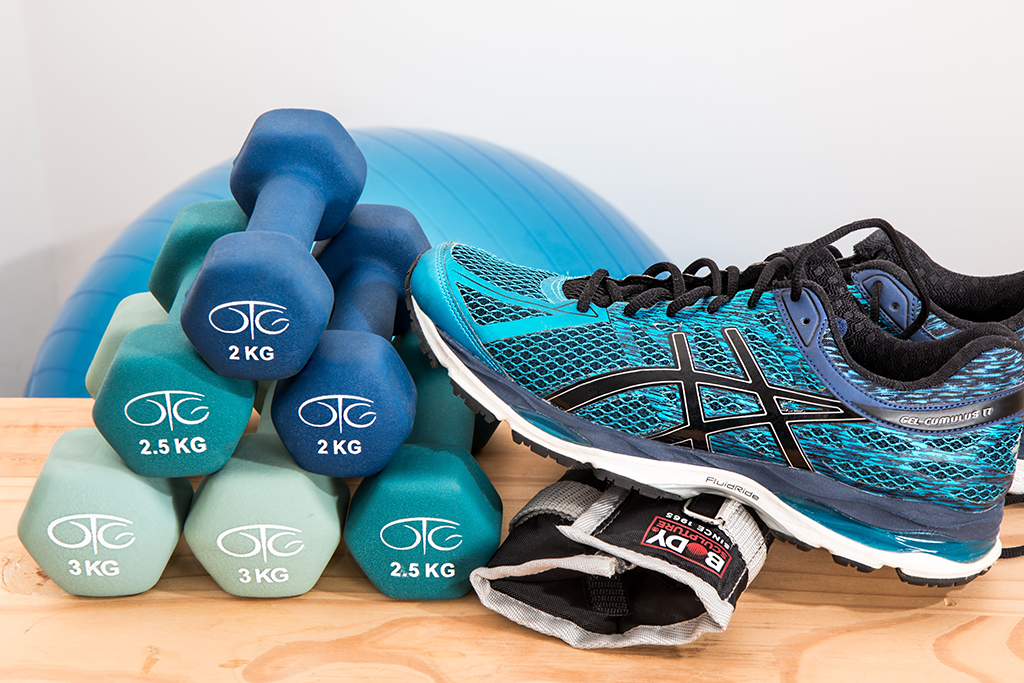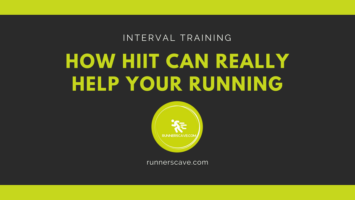
There’s nothing better than aiming for specific goals while running. If you’re a beginner, then the natural first goal is to run 5km. Maybe you want just to get involved in a charity run, either way, there are certain things you can do to improve your performance and achieve that goal. Below is a step by step guide on how to train for your first 5km.
Train For Your First 5km
Get kitted out
I always find that by spending money on new running shoes motivates me more to get out, as I’d feel guilty spending the money and wasting it. Decent trainers are essential if you haven’t run for a while, or ever before. They are critical for your performance as well. Here’s our list of essential running kit for the winter months.
Start small
Beginners should start small, and gradually work up. I would recommend walking regularly at first. Choose the best time for you and walk for about 20 or 30 minutes, three times a week. If you haven’t been doing exercise, then you need to take it slowly as you may cause injury.
Once you have done this for a couple of weeks, start running in small increments. So, for example, run for one minute, walk for four, run for two minutes, walk for three, until you can run for five minutes and walk for five minutes.
This may take a couple of weeks, but you’re in no rush. Take your time, have fun, watch your progress and don’t let bad habits take hold.
Keep track
There are plenty of running apps out there to track your running times and distance. I’m a massive app fan and use them for my running and also diet, so I can keep track and look at my results.
If you’re not into apps then keep a notepad or a diary. Write down the date you run, the distance, and also the time; that way you can see your progress and keep yourself motivated.
Step it up a gear
Once you are running in five-minute blocks, try to increase it by a minute each time you go out. Keep walking between sets to avoid injury, and also have a rest now and then.
You should notice that you are getting stronger, your lungs can breathe more in-depth, and it’s easier to run each time.
If it gets more complicated, you may have reached a plateau, in which case, keep it the same for a while until you get stronger.
When you can run for 10 minutes without stopping, it’s time to measure how far you have run.
Track your kilometres
I usually run a kilometre in about 5 minutes, but that varies depending on the day and how much wind is blowing me over. I typically mark out a map of where I run on google maps and then keep it in my mind as I run.
Work out a route of about 5 kilometres in a circle from where you live. Then aim to run 2 kilometres in one week. Do that three times a week. You can do this for a week or so if you want to take it easy. Then chose a day of the week you want to increase the distance. I usually do mine on a Wednesday, because I’m typically fully rested from the weekend’s antics.
Increase your distance
Each week increase the range on a specific day. So one week run 2.5km on Wednesday, and 2km on other days. So only one day per week you increase the distance. Again, this is to avoid injury and fatigue.
Then you can either increase the distance by 0.5 kilometres or 1 kilometre each week. Make sure that every three weeks you don’t raise the length and let your body rest.
Once you get up to 4 kilometres, you should be running in about 25 minutes without stopping. You are almost there. Then you can increase the distance on the other days slightly. So run maybe 3 kilometres twice a week, and four once a week. Gradually increase this distance again, until you have met your target, of 5km.
If you want to run a 5km race, then I’d definitely run that distance at least once, or twice, before race day, and preferably leave a week before you do the actual race, so your body is fit and ready.
How to train for your first 5km – Summary
5km is my primary run for the week, so I run 5km twice a week and about 6 or 7 once a week. When I trained for a half marathon, I did the same, using my Wednesday runs to increase each week. It was a great feeling improving each week and getting that target. Nothing is stopping you doing the same. You could also try high-intensity interval training (HIIT) once you feel confident enough.
This is my guide on how to train for your first 5km run. If you’re looking to push things a little further then check out our guide on how to train for a half marathon. Let us know how you train either in the comments below or on Twitter.





Leave a Reply